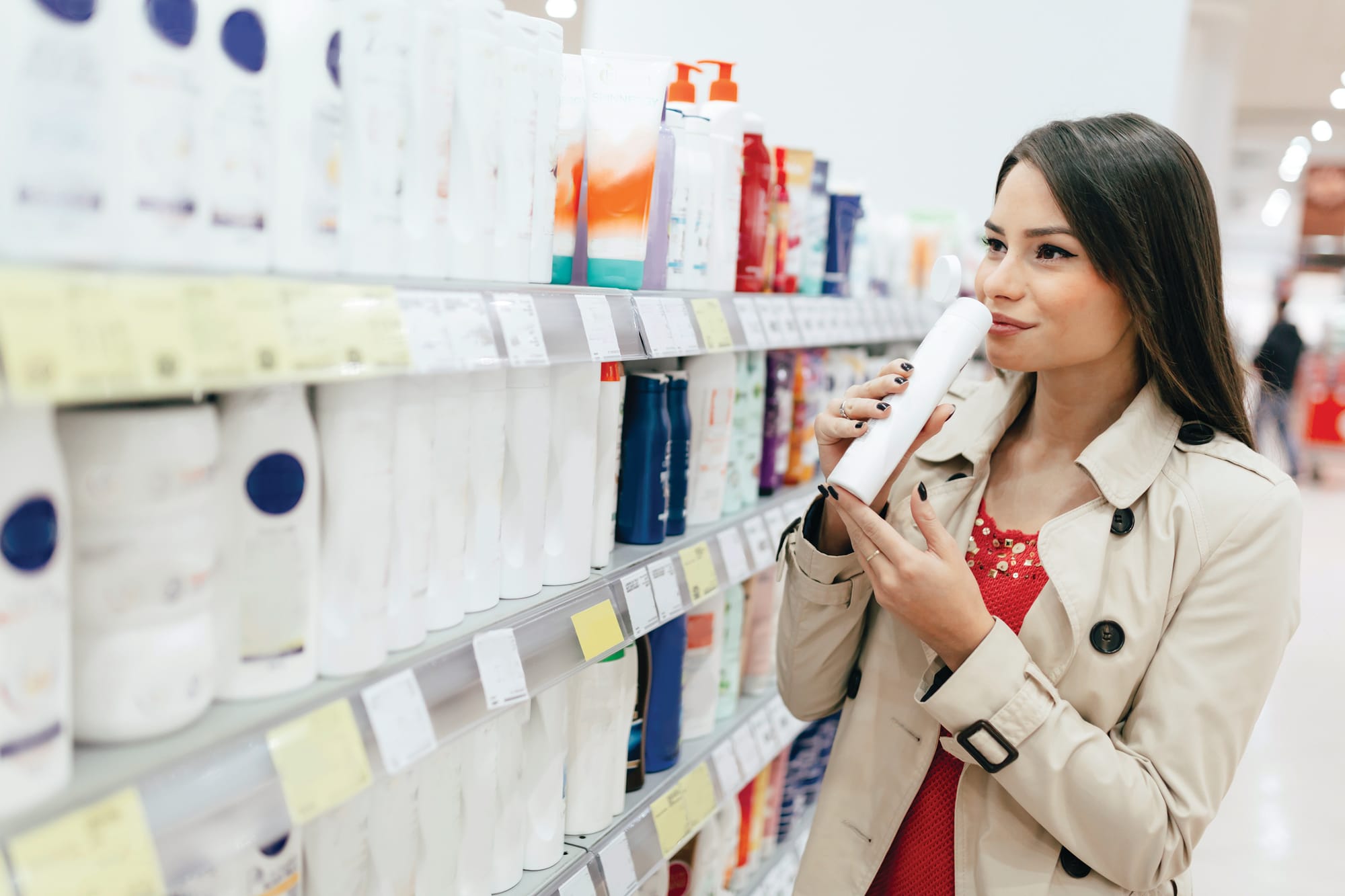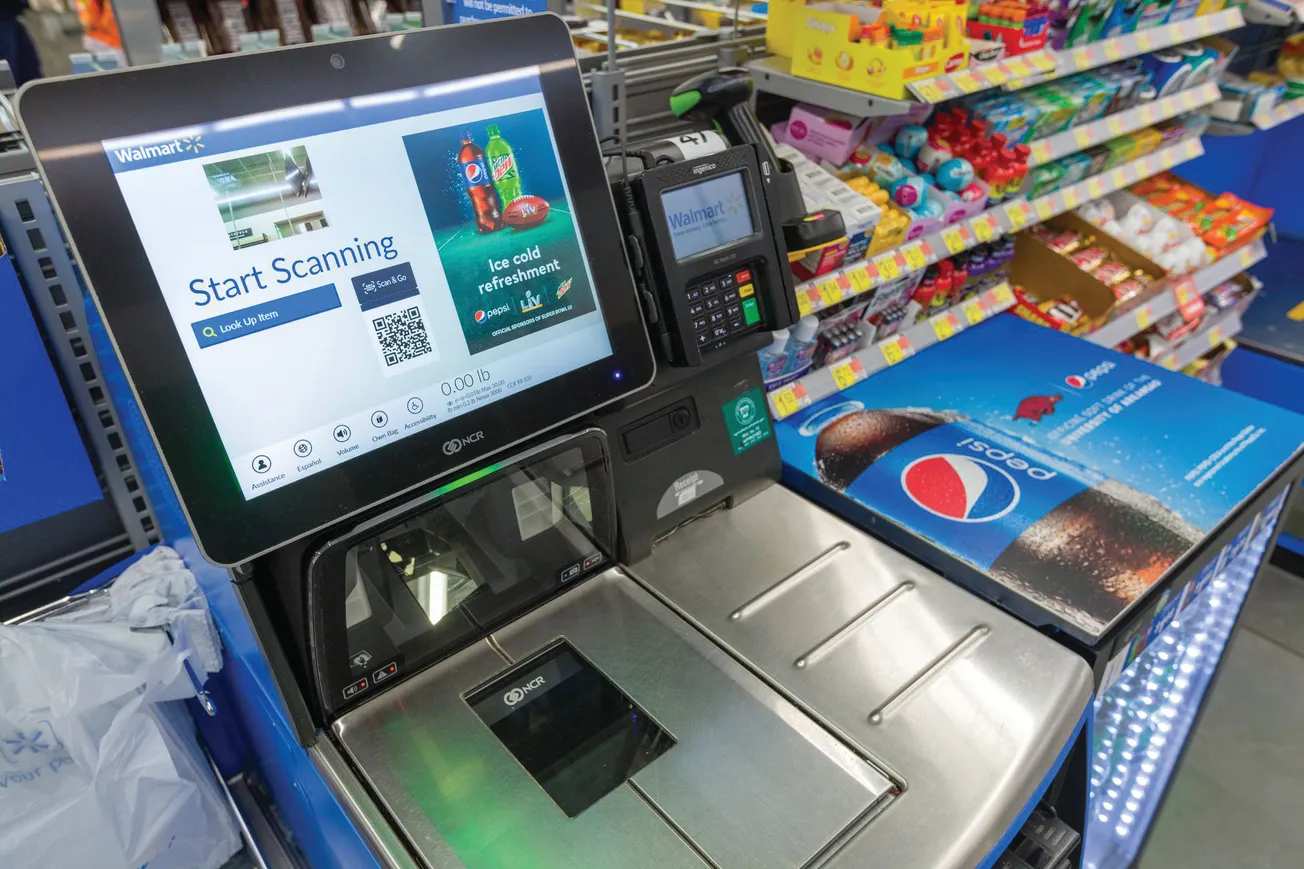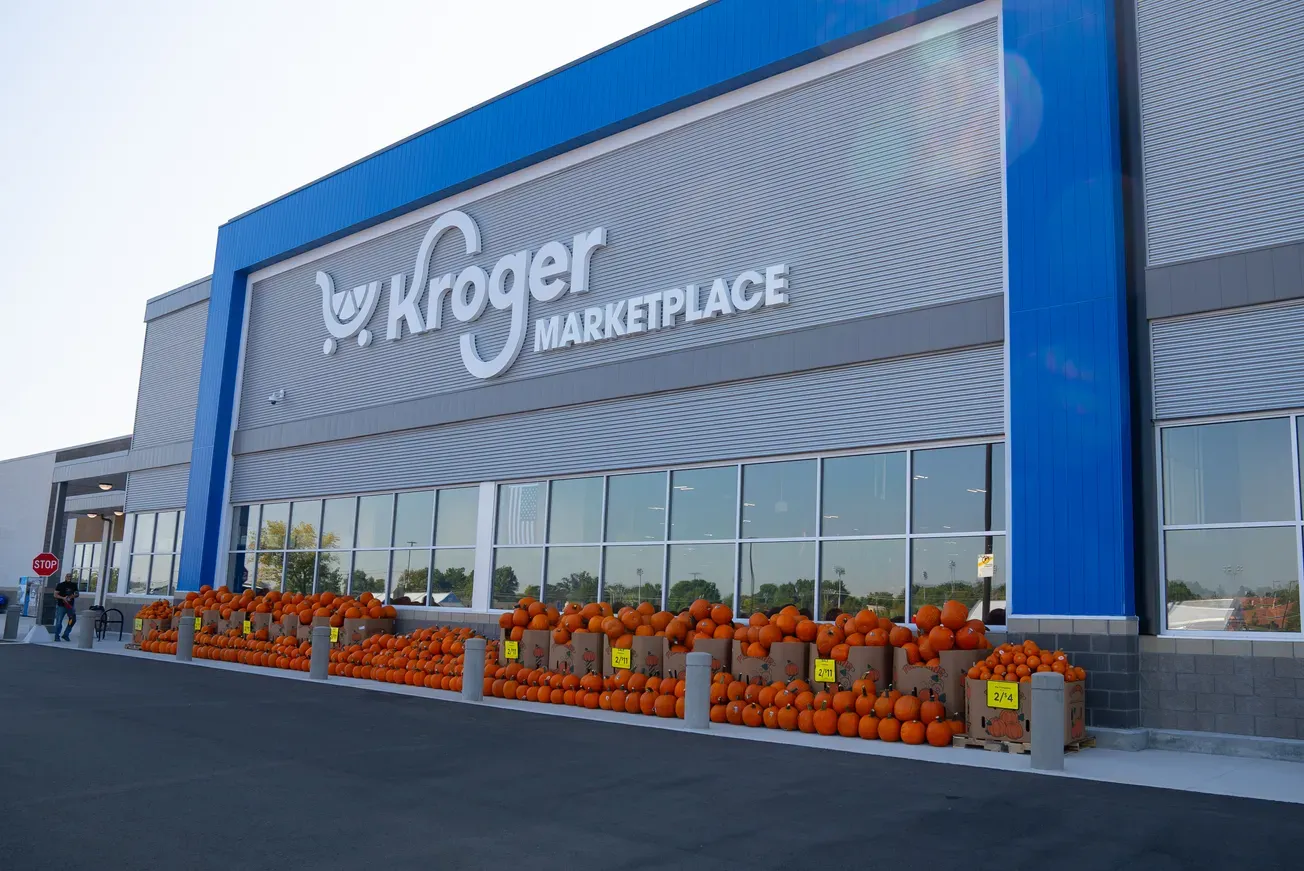So, you just grew your Amazon business to surpass the $10 million mark and you are looking at other points of distribution. A colleague or investor suggests that you launch in Target. It sounds like a great idea. But are you ready for that point of distribution?

Let’s revisit the 3 Ps of marketing: product, price and promotion. If you are succeeding at e-commerce, you likely have a great product that consumers continue to purchase. Your price point may be higher or lower than a retail shelf can bear. One of the first things to do is look at your competition in that point of distribution. Are you priced higher than the competition? If you reduce your price to match the competition, are you still profitable? Retailers rely on promotion to increase at-shelf sales. For instance, are you still profitable if your product is sold at 50% off ?
Branding your product to stand apart from the competition is paramount to success. Most new brands must fight for shelf space and start on the bottom shelf. If you are positioned beneath eye level, what about your product will draw the consumer’s eye? Remember that packaging is essential for retail success, because you can’t rely on key words, backlinks and other digital tactics. One of the things that retailers look at, beyond your success online, is who and how you are bringing new potential customers to them. With that in mind, consider the following:
- Research your target market — Each store has a separate demographic that they cater to. Use your Shopify data to create a personality profile for your buyer. Then understand how like or unlike your audience is to the retailer’s customer.
- Create an experience — Consider partnering with the retailer to create an in-store experience with interactive displays, or unique decor elements.
- Maintain a digital presence — Social media has become an essential element of product communication. Make sure that you have a strong presence on Instagram and TikTok.
- Take advantage of events — Participate in local events to attract more consumers and then offer them a call to action to visit the brand at the new point of in-store distribution.
- Education — Whether you are selling shoe insoles or skin care, education is critical. Consumers must understand why your product will surpass their expectations. This is where leveraging a mobile app can elevate the consumer experience.
Lisa Sheppard is president of Memorable Marketing.









